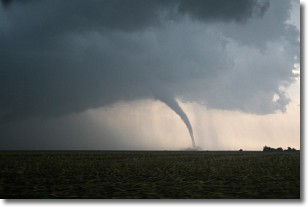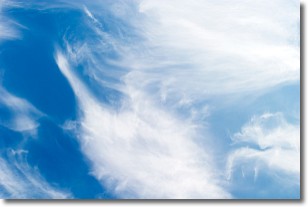Weather Alert in Ohio
Flood Warning issued April 3 at 12:57PM EDT by NWS Northern Indiana
AREAS AFFECTED: Putnam, OH
DESCRIPTION: ...The Flood Warning is extended for the following rivers in Ohio... Indiana... Blanchard River at Ottawa affecting Putnam County. Saint Joseph River Ohio near St. Joe River Ft. Wayne affecting Allen IN County. ...The Flood Warning continues for the following rivers in Ohio... Indiana... Maumee River near Defiance affecting Defiance and Henry Counties. Maumee River at Fort Wayne affecting Allen IN and Paulding Counties. Saint Joseph River Ohio below Montpelier affecting Williams County. Saint Joseph River Ohio near Newville affecting Allen IN, De Kalb and Defiance Counties. Saint Marys River near Decatur affecting Allen IN, Adams and Van Wert Counties. Tiffin River at Stryker affecting Fulton OH, Defiance and Williams Counties. For the Blanchard River...including Ottawa...Minor flooding is forecast. For the Maumee River...including Fort Wayne, Defiance, Napoleon... Moderate flooding is forecast. For the Saint Joseph River Ohio...including Montpelier, Newville, St. Joe River Ft. Wayne...Moderate flooding is forecast. For the Saint Marys River...including Decatur, St. Mary's River near Fort Wayne...Moderate flooding is forecast. For the Tiffin River...including Stryker...Moderate flooding is forecast. * WHAT...Minor flooding is forecast. * WHERE...Blanchard River at Ottawa. * WHEN...From late Saturday night until further notice. * IMPACTS...At 26.6 feet, Flood water begins to hit the bottom of the bridge at the gage site. * ADDITIONAL DETAILS... - At 12:30 PM EDT Thursday the stage was 19.3 feet. - Forecast...The river will rise to 21.6 feet tomorrow evening. It will then fall to 20.7 feet Saturday morning. It will rise above flood stage early Sunday morning to 26.2 feet early Monday afternoon. It will then fall again but remain above flood stage. - Flood stage is 23.0 feet. - http://www.weather.gov/safety/flood
INSTRUCTION: Stay tuned to further developments by listening to your local radio, television, or NOAA Weather Radio for further information. Caution is urged when walking near riverbanks. Motorists should not attempt to drive around barricades or drive cars through flooded areas. Turn around, don't drown when encountering flooded roads. Most flood deaths occur in vehicles. Detailed river forecasts and additional information can be found at www.weather.gov/iwx under Rivers and Lakes. The next statement will be issued Friday morning at 700 AM EDT.
Want more detail? Get the Complete 7 Day and Night Detailed Forecast!
Current U.S. National Radar--Current
The Current National Weather Radar is shown below with a UTC Time (subtract 5 hours from UTC to get Eastern Time).

National Weather Forecast--Current
The Current National Weather Forecast and National Weather Map are shown below.

National Weather Forecast for Tomorrow
Tomorrow National Weather Forecast and Tomorrow National Weather Map are show below.

North America Water Vapor (Moisture)
This map shows recent moisture content over North America. Bright and colored areas show high moisture (ie, clouds); brown indicates very little moisture present; black indicates no moisture.

Weather Topic: What are Wall Clouds?
Home - Education - Cloud Types - Wall Clouds
 Next Topic: Altocumulus Clouds
Next Topic: Altocumulus Clouds
A wall cloud forms underneath the base of a cumulonimbus cloud,
and can be a hotbed for deadly tornadoes.
Wall clouds are formed by air flowing into the cumulonimbus clouds, which can
result in the wall cloud descending from the base of the cumulonimbus cloud, or
rising fractus clouds which join to the base of the storm cloud as the wall cloud
takes shape.
Wall clouds can be very large, and in the Northern Hemisphere they generally
form at the southern edge of cumulonimbus clouds.
Next Topic: Altocumulus Clouds
Weather Topic: What are Altostratus Clouds?
Home - Education - Cloud Types - Altostratus Clouds
 Next Topic: Cirrocumulus Clouds
Next Topic: Cirrocumulus Clouds
Altostratus clouds form at mid to high-level altitudes
(between 2 and 7 km) and are created by a warm, stable air mass which causes
water vapor
to condense as it rise through the atmosphere. Usually altostratus clouds are
featureless sheets characterized by a uniform color.
In some cases, wind punching through the cloud formation may give it a waved
appearance, called altostratus undulatus. Altostratus clouds
are commonly seen with other cloud formations accompanying them.
Next Topic: Cirrocumulus Clouds
Current conditions powered by WeatherAPI.com




